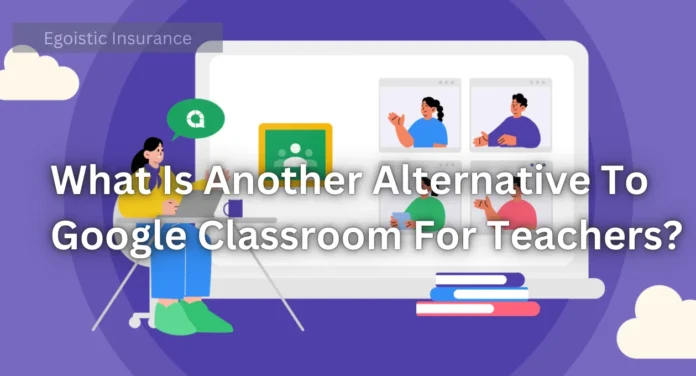What is another alternative to Google classroom for teachers? as educators continue to embrace digital tools to enhance learning, Google Classroom. In this blog, we’ll explore various alternatives to Google Classroom, delving into their key features and benefits. Let’s take a closer look at these options. has been a popular choice for many. However, it’s not the only option available. There are numerous alternatives that offer varied features and functionalities to suit different teaching needs.
One noteworthy alternative to Google Classroom is Microsoft Teams for Education. This platform provides a comprehensive suite of tools designed specifically for educators and students, allowing for seamless communication and collaboration. Teams integrates features such as video conferencing, file sharing, and assignment tracking, all within a user-friendly interface. Additionally, its compatibility with other Microsoft Office applications enhances the teaching and learning experience by making resources easily accessible.
Google Classroom Alternatives
While Google Classroom is widely used, there are several other platforms that offer robust features for managing classrooms, facilitating collaboration, and engaging students. These alternatives can cater to specific needs or preferences that Google Classroom may not fully address.
Another alternative to consider is Canvas LMS. This learning management system offers a highly customizable platform that allows educators to create engaging course content and track student progress effectively. Canvas provides users with a variety of tools, including quizzes, discussions, and grading features, ensuring that teachers can tailor their learning environments to meet individual student needs. Its mobile-friendly design also allows students to access course materials anytime, making learning more flexible and accessible.
Best Learning Management Systems (LMS)
Another great alternative for educators is Schoology, which combines the best aspects of a learning management system with a social media-like interface. This platform encourages collaboration between teachers and students through interactive features such as course creation, assignment management, and group discussions. Schoology also boasts robust analytics tools that allow educators to track student engagement and performance effectively. With its user-friendly design, it fosters a dynamic learning environment that can adapt to various teaching styles.
Learning Management Systems (LMS) are essential tools for organizing, delivering, and managing educational content and student progress. Some top LMS options include:
- Moodle: Known for its flexibility and open-source nature, Moodle allows educators to create customized learning experiences and integrate various plugins.
- Canvas: With a user-friendly interface and strong integration capabilities, Canvas supports diverse teaching methods and student engagement strategies.
- Blackboard: Popular in higher education, Blackboard offers comprehensive tools for course management, communication, and analytics.
Classroom Management Tools
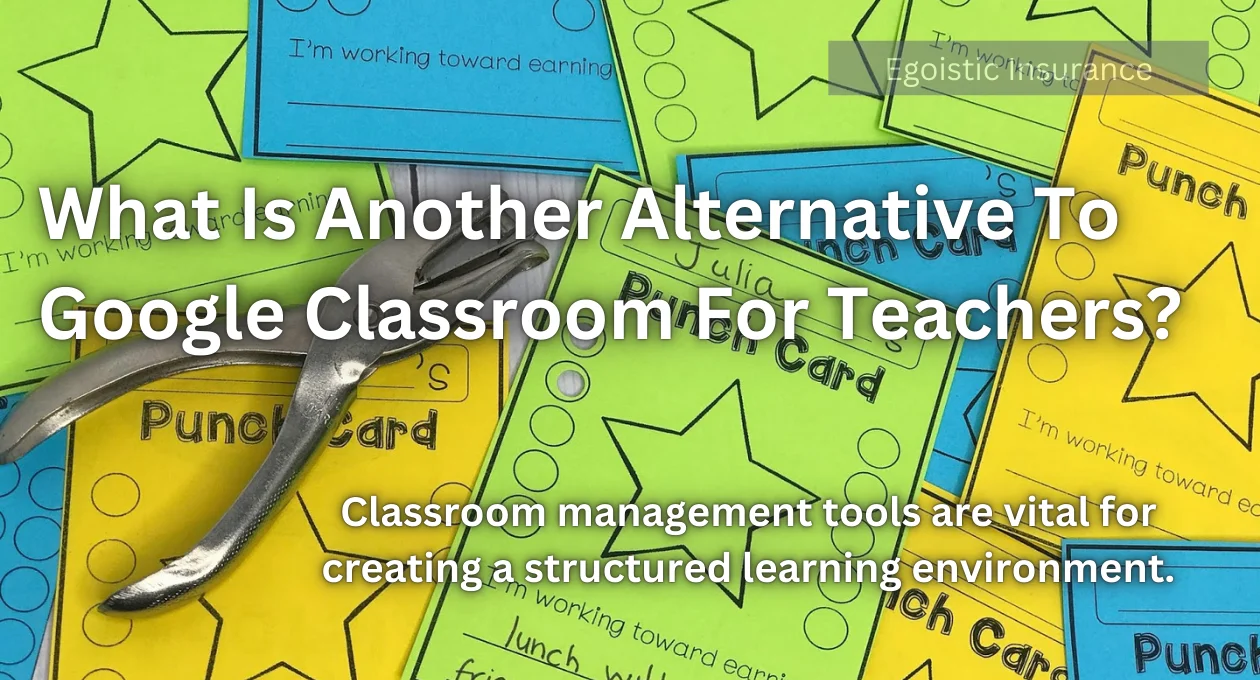
Classroom management tools are vital for creating a structured learning environment. These platforms assist teachers in maintaining order, tracking student behavior, and facilitating communication between educators and parents. Tools like ClassDojo allow teachers to encourage positive behavior through easy-to-use reward systems, while providing real-time updates to parents. By leveraging such tools, educators can effectively enhance classroom dynamics and foster a supportive atmosphere for learning.
Effective classroom management tools help teachers maintain order and support student engagement. Notable options include:
- ClassDojo: This platform focuses on behavior management and student feedback, promoting positive classroom culture through rewards and communication.
- Classcraft: By gamifying classroom management, Classcraft motivates students through role-playing elements and collaboration.
Educational Technology Platforms
In addition to the mentioned platforms, educators may also explore tools like Edmodo, which merges social networking with classroom management. This platform not only enables teachers to share resources and assignments but also fosters a sense of community among students through its social features. Users can create groups for collaborative projects and engage in discussions, making learning both interactive and enjoyable. Such alternatives contribute to a more dynamic educational environment by accommodating diverse teaching methods and student preferences.
Educational Technology Platforms encompass a range of tools designed to enhance the learning experience. Some noteworthy platforms are:
- Edmodo: Combining elements of social media with educational features, Edmodo facilitates collaboration, communication, and assignment management.
- Schoology: Offering a blend of LMS and social networking features, Schoology supports content delivery, assessment, and parent communication.
Top LMS for Teachers
Furthermore, integrating these various educational technology platforms can significantly enhance teaching efficiency and student engagement. By choosing the right combination of tools, educators can foster a more interactive and personalised learning environment. This not only aids in meeting the diverse needs of students but also promotes a culture of collaboration among peers. As technology continues to evolve, staying informed about the latest options will empower teachers to adapt their methods and create enriching educational experiences.
For teachers seeking robust LMS options, consider:
- TalentLMS: Known for its ease of use and scalability, TalentLMS is ideal for small to large educational institutions, offering features like gamification and mobile learning.
- Teachable: Focused on course creation and management, Teachable is excellent for educators looking to create and sell online courses.
Online Teaching Platforms
Online teaching platforms have gained immense popularity, especially in recent years, as they enable educators to reach a broader audience and provide flexible learning opportunities. These platforms often feature intuitive interfaces that facilitate course creation, student interaction, and assessment. By incorporating multimedia elements such as videos and interactive quizzes, educators can enhance the overall learning experience. Additionally, analytics tools available on these platforms help instructors monitor student progress and engagement, allowing for timely interventions and support.
Online teaching platforms provide tools and resources for delivering instruction remotely. Key players include:
- Zoom: Widely recognized for its video conferencing capabilities, Zoom also offers features for online teaching such as breakout rooms and interactive whiteboards.
- Microsoft Teams: Integrating with Office 365, Teams provides a comprehensive solution for virtual classrooms, including chat, file sharing, and meeting features.
EdTech Solutions
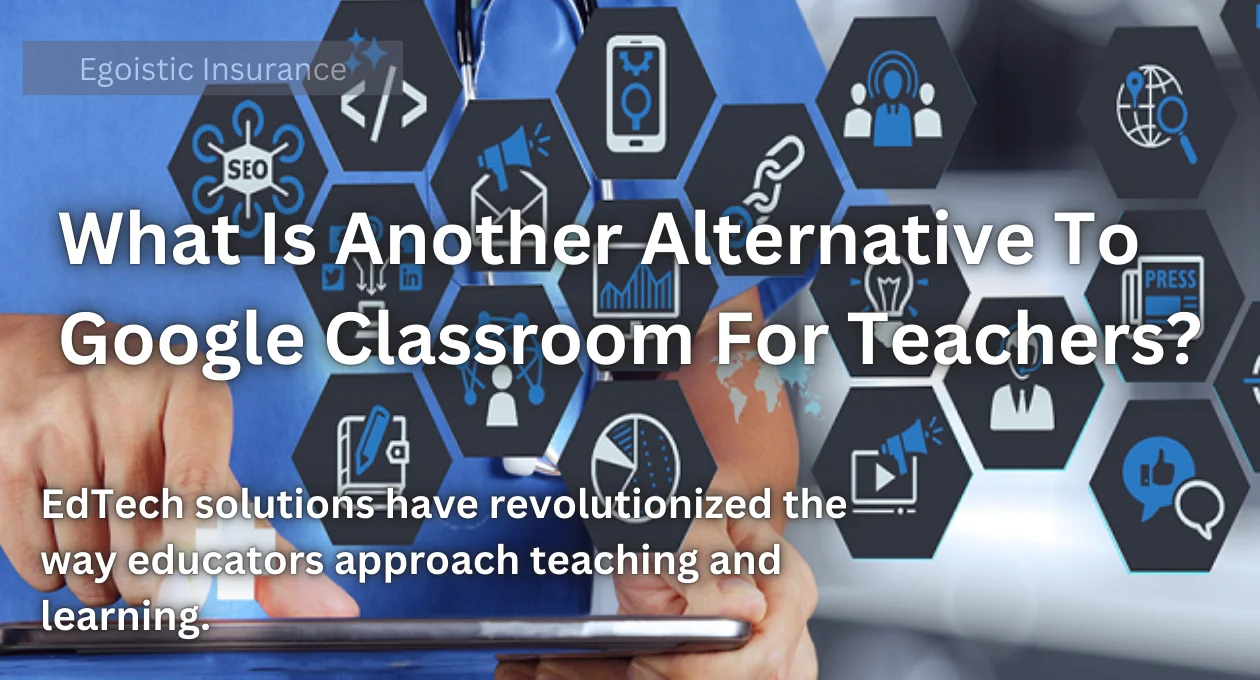
EdTech solutions have revolutionized the way educators approach teaching and learning. By integrating technology into the classroom, teachers can access a wealth of resources that cater to diverse learning styles and preferences. These innovative tools not only enhance student engagement but also streamline administrative tasks, allowing educators to focus more on instruction. As the landscape of education continues to evolve, embracing these advancements will be crucial for fostering a productive and inclusive learning environment.
EdTech Solutions encompass a broad range of tools designed to improve educational outcomes through technology. Prominent solutions include:
- Kahoot!: An interactive quiz platform that makes learning fun and engaging through game-based assessments.
- Nearpod: Allows teachers to create interactive lessons with multimedia elements and real-time student feedback.
Virtual Classroom Software
Virtual classroom software has become essential for educators navigating remote learning environments. These solutions enable live interactions between teachers and students, fostering engagement through features like video conferencing, screen sharing, and real-time polls. By creating a sense of presence, virtual classrooms support collaborative learning and maintain student motivation. Platforms like Google Classroom and Blackboard facilitate seamless content delivery and encourage participation, making education accessible from the comfort of students’ homes.
Virtual Classroom Software enables teachers to conduct live, online classes. Leading options are:
- Webex: Offers a range of features for virtual teaching, including video conferencing, screen sharing, and real-time collaboration tools.
- GoToWebinar: Known for its webinar capabilities, GoToWebinar is also useful for hosting virtual classes and training sessions.
Learning Management Alternatives
The role of technology in education is ever-expanding, presenting new opportunities for enhancing the learning experience. As educators adapt to these changes, they must remain open to exploring innovative tools that cater to different learning styles. Emphasising collaboration and interactive elements can lead to a more engaging classroom environment. By leveraging technology effectively, teachers can inspire students and foster a deeper understanding of the material.
For those seeking alternatives to traditional LMS platforms, consider:
- Socrative: A formative assessment tool that allows educators to create quizzes, polls, and exit tickets to gauge student understanding.
- Padlet: An interactive platform that enables students to collaborate on virtual “walls,” sharing notes, images, and links.
Digital Classroom Tools
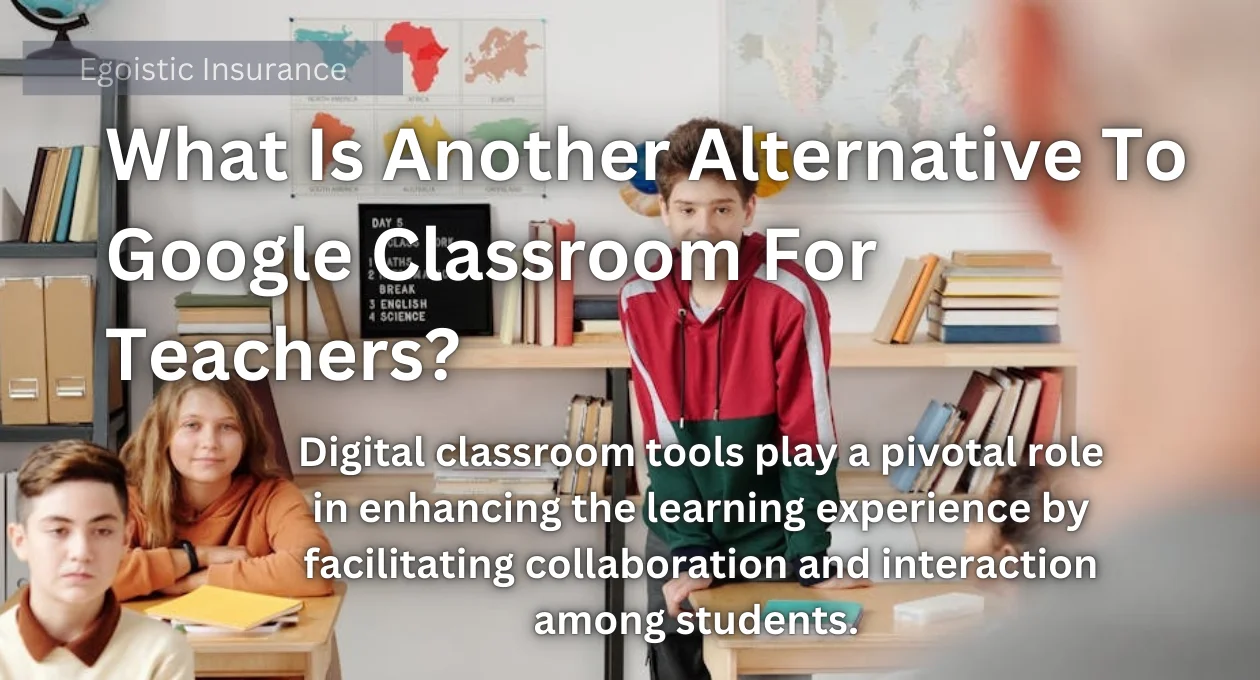
Digital classroom tools play a pivotal role in enhancing the learning experience by facilitating collaboration and interaction among students. These resources can range from project management applications to creative platforms that inspire innovation and teamwork. By integrating tools like collaborative document editors and discussion boards, educators can encourage active participation and peer-to-peer learning. Ultimately, leveraging these digital tools helps to create a vibrant and dynamic classroom atmosphere that fosters intellectual curiosity.
Digital Classroom Tools enhance the learning environment by providing interactive and multimedia resources. Examples include:
- Pear Deck: Integrates with Google Slides and Microsoft PowerPoint to create interactive presentations that engage students in real-time.
- Flipgrid: A video discussion platform where students can share video responses to prompts, fostering a sense of community and communication.
Classroom Collaboration Platforms
Classroom collaboration platforms play a crucial role in facilitating teamwork and communication among students. These platforms provide a space where learners can work together on projects, share resources, and offer feedback to one another. By embracing collaboration, educators can foster a sense of community and improve interpersonal skills among students. Tools that encourage interaction and group work ultimately enhance the learning process and empower students to take ownership of their education.
Classroom Collaboration Platforms facilitate group work and communication among students. Key platforms are:
- Slack: Primarily used in business settings, Slack’s channels and direct messaging features can be adapted for classroom collaboration and group projects.
- Trello: A project management tool that can help students organize group tasks and track progress visually.
Teacher Tools for Online Education
Teachers play a vital role in ensuring the effectiveness of online education. By utilising various technological tools and platforms, they can create engaging and interactive lessons that capture students’ attention. Continuous professional development is essential, equipping educators with the skills needed to adapt to new teaching methodologies. Ultimately, fostering a supportive and responsive virtual learning environment is fundamental to student success and retention.
Teacher tools for online education support various aspects of remote teaching, such as:
- Google Meet: A video conferencing tool that integrates with Google Workspace, making it easy for educators to conduct virtual classes and meetings.
- Screencast-O-Matic: Allows teachers to create instructional videos and screen recordings, which can be used for asynchronous learning.
Educational Platforms for Schools
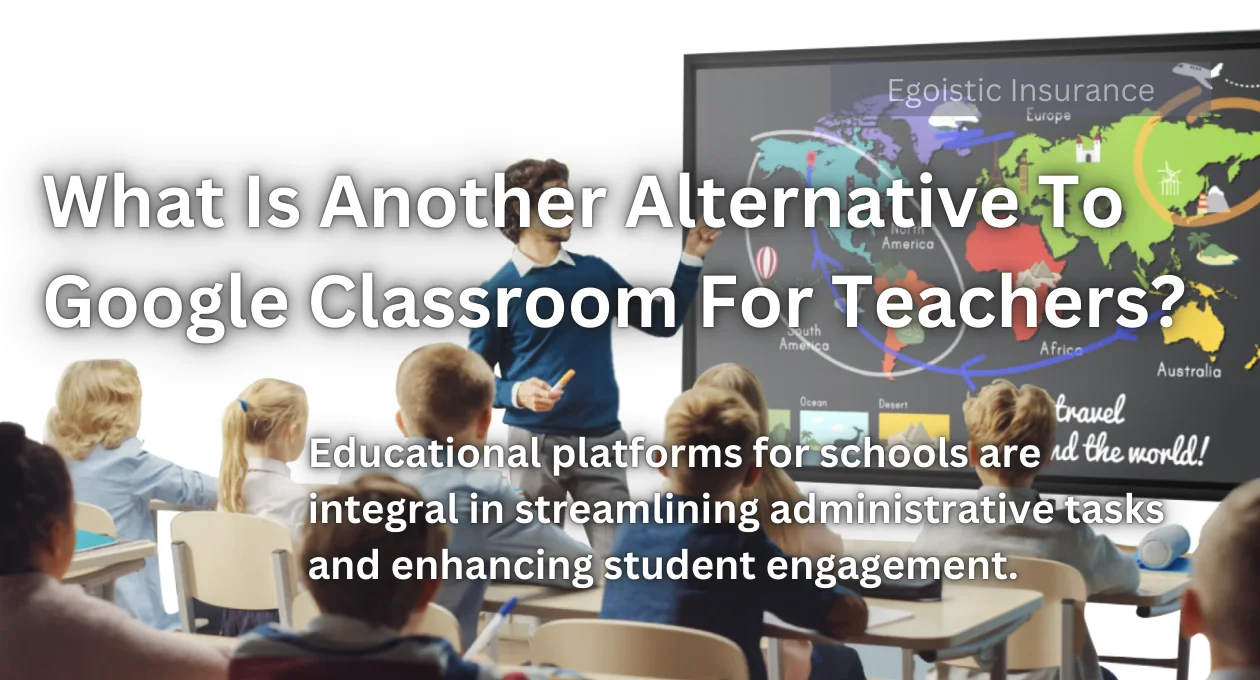
Educational platforms for schools are integral in streamlining administrative tasks and enhancing student engagement. These platforms often encompass features such as grade tracking, attendance management, and assignment submissions, providing a comprehensive solution for educators and students. By centralising these functions, schools can ensure that vital information is easily accessible, allowing for effective communication and collaboration. Ultimately, a well-designed educational platform can enrich the academic experience and support a more organised learning environment.
Educational Platforms for Schools offer comprehensive solutions for managing school-wide activities, including:
- Skyward: Provides features for student information systems, grade management, and communication, tailored to the needs of educational institutions.
- PowerSchool: Offers solutions for student information, assessment, and learning management, focusing on improving educational outcomes.
Remote Teaching Solutions
Remote teaching solutions have become essential as education increasingly shifts online. These solutions not only facilitate virtual learning but also ensure that students remain engaged and supported in a digital environment. By incorporating interactive elements such as live discussions and digital assessments, educators can maintain a strong connection with their students. Ultimately, these tools empower teachers to create effective and meaningful online learning experiences that cater to a diverse range of learners.
Remote Teaching Solutions address the needs of educators teaching from a distance. Consider:
- BigBlueButton: An open-source virtual classroom platform designed for online teaching, offering features like video conferencing, screen sharing, and real-time chat.
- Jitsi Meet: A free, open-source video conferencing tool that supports secure and scalable online classes.
Student Engagement Tools
Student engagement tools are essential for captivating learners’ attention and enhancing their participation in the educational process. These tools often incorporate gamification, real-time feedback, and interactive assessments to create a dynamic learning environment. By fostering a sense of curiosity and competition, these resources help maintain students’ interest and motivation. Ultimately, effectively engaging students promotes deeper understanding and retention of knowledge.
Student Engagement Tools help maintain student interest and participation. Effective tools include:
- Poll Everywhere: Enables real-time polling and quizzes during lessons, making it easier to gauge student understanding and keep them engaged.
- Mentimeter: Provides interactive presentations and surveys that can be used to involve students actively in the learning process.
FAQs
1. What are classroom collaboration platforms?
Classroom collaboration platforms are digital tools that facilitate teamwork and communication among students. They enable learners to work together on projects, share resources, and provide feedback, thus enhancing the learning experience.
2. How do teacher tools for online education help educators?
Teacher tools for online education support various aspects of remote teaching by allowing educators to create engaging lessons, conduct virtual classes, and facilitate communication with students. These tools also assist in professional development, ensuring teachers are equipped to handle new teaching methodologies.
3. What features should I look for in educational platforms for schools?
When selecting educational platforms for schools, look for features such as grade tracking, attendance management, assignment submission, and effective communication tools. A well-designed platform should streamline administrative tasks and enhance student engagement.
4. How can remote teaching solutions benefit students?
Remote teaching solutions benefit students by providing them with a structured learning environment that supports engagement through interactive elements like live discussions and digital assessments. These tools help maintain a strong connection between educators and learners in a digital space.
5. Why are student engagement tools important?
Student engagement tools are crucial as they captivate learners’ attention and promote active participation in the educational process. By incorporating elements of gamification and real-time feedback, these tools help maintain students’ interest, motivation, and ultimately enhance knowledge retention.
Conclusion
In conclusion, while Google Classroom is a powerful tool for managing digital classrooms, exploring alternatives can help educators find solutions that better fit their specific needs and teaching styles. Whether you’re looking for comprehensive LMS platforms, innovative classroom management tools, or engaging virtual classroom software, there are plenty of options available to enhance your teaching experience and support your students’ learning journey.
In the rapidly evolving landscape of education, the integration of technology has become paramount in enhancing teaching and learning experiences. From teacher tools designed for online education to innovative platforms that foster student engagement, these resources provide educators with the necessary support to adapt to remote teaching environments. By focusing on interactivity and collaboration, schools can create dynamic learning atmospheres that cater to diverse student needs. As we continue to embrace digital solutions, it is crucial to ensure that these tools are effectively utilized to facilitate meaningful learning outcomes, ultimately preparing students for success in an increasingly connected world.
For more interesting information keep visiting egoisticinsurance.online


